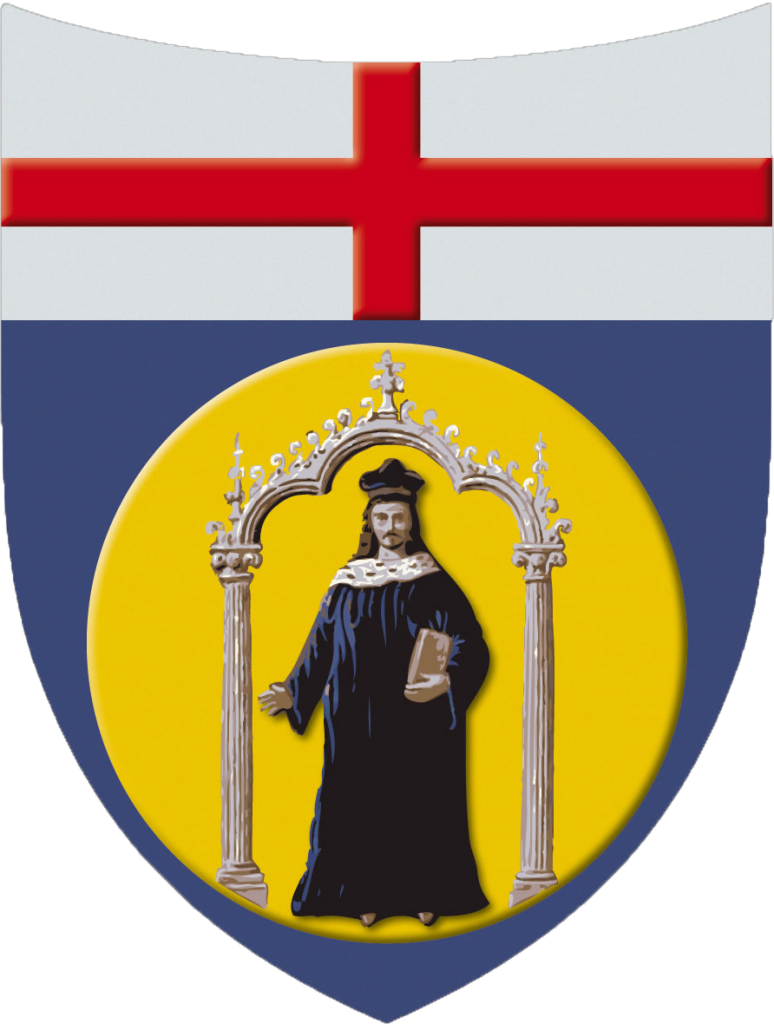Discrete Morse Theory
|
|
NEW - ExercisesAbstract:Discrete Morse theory was introduced by Forman in 2000. Together with its ancestor, simple-homotopy theory, it yields a method to simplify any given triangulation, while preserving its homological data.We give an elementary introduction to the theory, using a more geometric and intuitive approach. At the same time, we explain how to find "good" discrete Morse functions quickly, with the help of a computer. If time permits, we sketch also some interesting applications to other areas of geometry, like knot theory, geometric group theory, or algebraic geometry. Lecturer: Bruno BenedettiBruno Benedetti (Rome, 1982) obtained his PhD in Berlin (2010), with Günter Ziegler as advisor. In 2012 he organized a summer program for Institut Mittag-Leffler, on discrete Morse theory and commutative algebra. He worked as postdoc at KTH Stockholm and FU Berlin, and as visiting lecturer at Northeastern U, Boston. His research is currently focused on combinatorial aspects of convexity, metric geometry, and applied algebraic topology. Tutor: Francesco GrandeFrancesco Grande got a Master degree in Mathematics from the the University of Torino in October 2011, and a Master degree in Statistics and Applied Maths from the honors program at Collegio Carlo Alberto (Moncalieri) in November 2011. Currently, he is a PhD student at the Freie Universität Berlin under the supervision of Professor Raman Sanyal with graduation expected for September 2015. His research interest include matroid theory, combinatorics, discrete geometry, optimization, and algebraic statistics. Tutor: Mimi TsurugaMimi Tsuruga is a doctoral student at TU Berlin supported by the Berlin Mathematical School working in computational topology under the supervision of Frank Lutz. She received a BA/MA in mathematics from CUNY Hunter College in 2008, was an intern with Ulises Cervantes-Pimentel at Wolfram Research, Inc. in 2007, and got to (virtually) ride a roller coaster knot in space with Prof. George Francis in a REU project at UIUC in 2006. She is also a contributor to the software polymake, the lead organizer of the "What is ...?" seminars (a weekly interdisciplinary graduate seminar in Berlin), and the lead mommy of a 3 year old girl.
|







